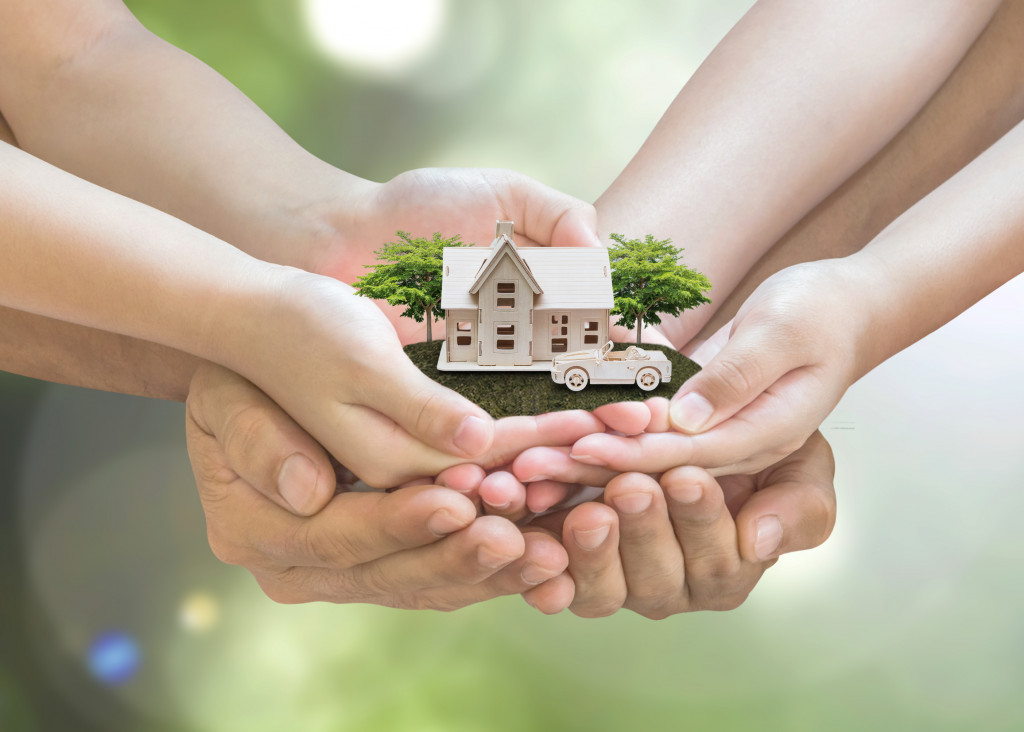This year is all about prioritizing your personal wellness. After more than a year of coping with the global pandemic and being cooped up indoors, being able to reconnect and recover is more crucial than ever. Wellness is expected to come in different forms, but the most notable among them is residential wellness design. More importantly, it’s about focusing on making your home smarter and more sustainable.
Recently, there has been a noticeable shift to eco-homes in the UK. Alongside the health crisis, the threats of the climate crisis became more apparent over the past year. Natural calamities have increased in both frequency and intensity. Many young professionals, like you, have become more aware of their environmental footprints even at home. Honestly, a part of wellness also comes in the form of not having to worry about your utility bills too much.
A Guide to Energy Efficiency
Wellness design is set to become more prominent throughout the remainder of the year. Countless homeowners have been incorporating various ways to achieve this, from better ventilation to smarter lighting. However, sustainability is also a key aspect of having effective wellness designs throughout your home.
The global pandemic has certainly reshaped how people interact with their homes, gaining a deeper understanding of how to address their demands. Yet, the moves needed to achieve this can prove to be quite the undertaking, especially for many young professionals who are also first-time homeowners. Rest assured, it doesn’t take a lot to make your home more energy-efficient.
Here are some simple ways to go about it:
Consumption Awareness
The first step towards having a more sustainable household is to have a better grasp of how much energy you’re actually using up. You could primarily ask for the services of a certified electrician from your landlord or letting agent. A professional will most likely provide you with a detailed EICR document for properties, which will give you an overview of your electric consumption.
You could also utilize different devices and apps that will serve as an energy monitor, tracking your usage in real-time. Some of these technologies can also help you identify which devices are using the most energy, allowing you to adjust your consumption accordingly. It all starts with taking note of your lifestyle and making the necessary changes.

Keep It Smart
Switching to smarter home technologies will also help you have a more energy-efficient home. If you have a bad habit of forgetting to switch things off, especially with such an active lifestyle, you could incorporate smart bulbs and smart plugs. These automatically turn certain devices off if you’re not using them or when you’re not at home.
When you’re looking to purchase much bigger appliances like a TV, dishwasher, or microwave, always consider their energy ratings as well. This will not only guarantee that your home appliances will be more sustainable, but it will also help you significantly cut down on your utility bills.
Emission Reduction
Perhaps one of the most energy-consuming appliances in UK homes is their temperature regulators. These can come in the form of air conditioning units or centralized boilers. Moreover, these are proven to be the primary sources of greenhouse gas emissions as well. Suffice it to say, you need to find better alternatives.
In this regard, one of the Government’s proposed solutions is to install at least 600,000 heat pumps by 2028. Heat pumps function similarly to air conditioning units, but they are proven to be much more energy-efficient. However, the costs from purchasing the unit to installation can prove to be quite costly. Nonetheless, it’s sure to be a worthwhile investment in the long run for your home and the environment.
The Goal is Net-zero
A majority of the housing units in the UK dates back to the 1990s when regulations around energy-efficient designs were virtually non-existent. This is also why the country is known to have the least energy-efficient homes in the European region, which is already a pressing issue in itself. Adding the fact that this has an extremely detrimental impact on the climate makes it all the more alarming.
Living in a poorly designed housing unit can seriously affect your personal well-being and even general health. Fortunately, the UK Government has already announced significant initiatives to reach the net-zero target by 2050 by making buildings greener and more sustainable.
One of the most evident efforts can be found in the Green Homes Grant, which recently ended on March 31. This gave homeowners in England vouchers to help them cover the cost of making improvements centered on energy efficiency around their homes. You can expect similar schemes from the Government in the months and years ahead.

